Context: When I use Python + matplotlib, I can compose the code in any text editor (like Sublime Text), do CTRL+B, and then the text output appears in the "Build results" panel of the text editor, and, optionally, graph/plots are rendered in a new GUI window.
Under the hood, the text editor calls python myscript.py when we do "Build", and that's it.
It's simple and working flawlessly, easily.
Now I'm trying to do the same with GNU Octave: write a test.m code (such as this one). Then run it from my favorite text editor (and not the Octave IDE), or from command-line. I tried:
octave test.m: the plot is displayed during 100 ms and then disappears! not OKoctave --persist test.m: the plot stays displayed, this is ok ... but this part is not good: it opens an IDE (which I don't want since I want to continue using my usual text editor!), see the background window:
How to have GNU Octave behave like expected: the text output in stdout (either in terminal or in the "Build Results" panel of your text editor) and the plot output in a new window? Important: without spawning an IDE window.
I find strange that this behaviour is not the default behaviour. Shouldn't it be?
Edit: solved with:
octave-cli test.m
and
k = plot(...)
waitfor(k)

